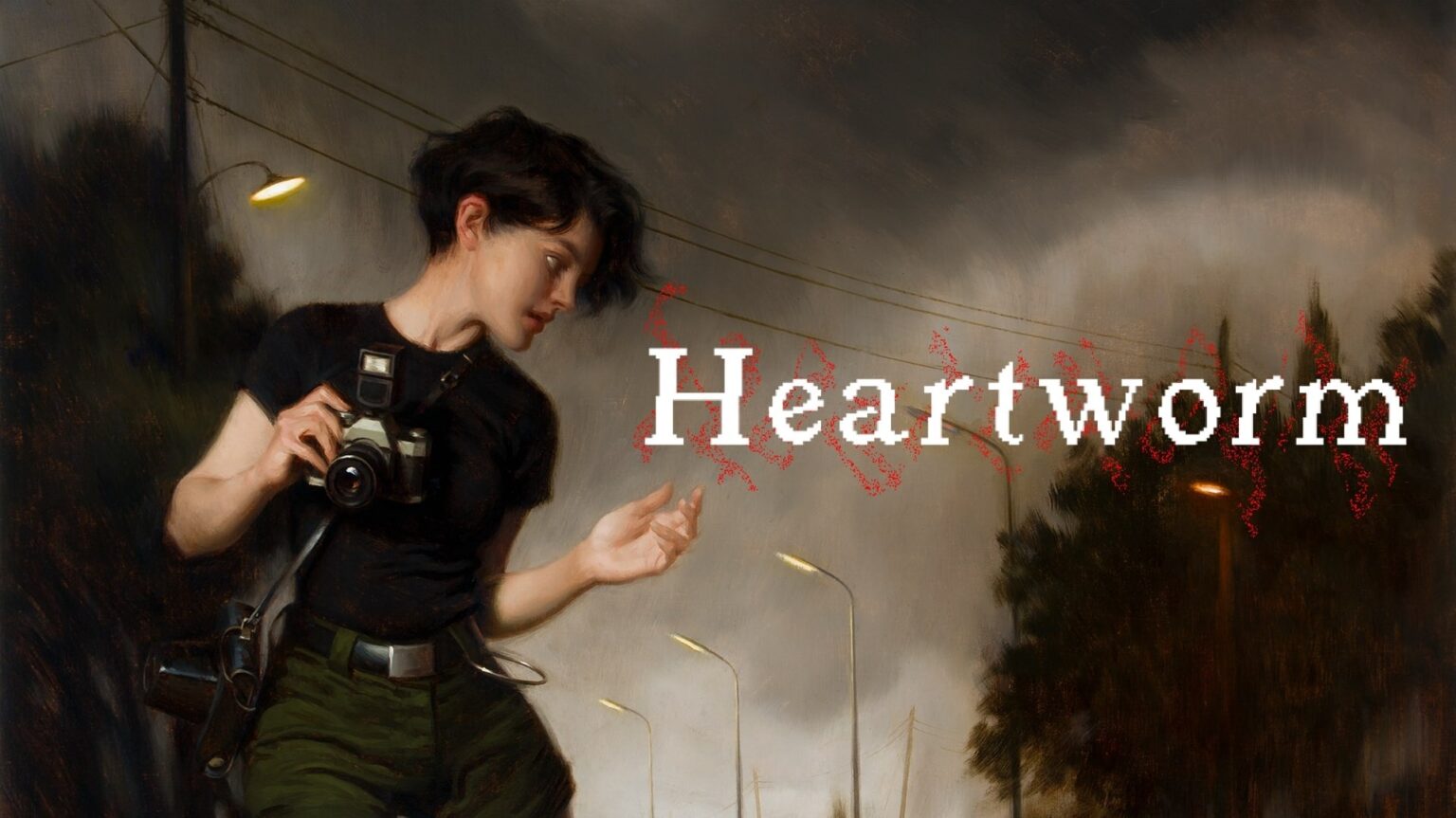Few indie titles have managed to so effortlessly channel the spirit of 90s horror while evolving the formula for modern players quite like Heartworm. Developed by Vincent Adinolfi and published by DreadXP, this pixelated psychological thriller dives headfirst into nostalgia, wrapping it in sorrow, memory, and the quiet tension that defined a golden age of survival horror. It doesn’t just mimic the past—it refines it.
A Personal Descent Into Grief
At the heart of Heartworm is Sam, a grieving protagonist searching for answers after the death of her grandfather. Her journey begins online, stumbling across a mysterious forum promising contact with the dead. The trail leads to a strange house in the mountains, rumored to connect the living and the dead. What follows is a haunting, introspective exploration of trauma, memory, and the ghosts we carry with us.
The story unfolds through cutscenes, journal entries, and environmental storytelling. While it leans abstract at times, the emotional core is strong. Sam feels real—her thoughts, reactions, and vulnerabilities are carefully woven into every interaction. The narrative is patient, subtle, and thoughtful.

A Modern Classic
Heartworm blends fixed-camera angles and third-person aiming for a striking effect. Players can toggle between tank controls for maximum authenticity or opt for smoother modern movement. Combat is minimal and strategic, using a camera as your primary weapon. It’s not about mowing down enemies—it’s about choosing when to stand your ground or run.
The game rewards exploration. Environments are filled with secrets, puzzles, and meaningful backtracking. A precise map aids navigation, and inventory upgrades come early enough to minimize frustration. Most enemies are avoidable, but those who choose to fight will find intuitive mechanics and a few memorable boss fights.
Puzzles are where Heartworm truly shines. They require thought, memory, and attention to detail. Whether decoding environmental clues or using a notepad to remember symbol sequences, the variety keeps the pace fresh. One late-game sliding block puzzle might test some players’ patience, but even that has a clever narrative payoff.
Nostalgia Reimagined
Aesthetically, Heartworm is an absolute triumph. It wears its PlayStation-era inspiration proudly, but never feels dated. Optional pixelation filters and CRT-style effects sell the illusion of a lost classic, but the visuals are sharp and expressive underneath.
The environments are as much characters as Sam herself. Forests, decrepit houses, memory-scapes—each area is distinct and dripping with tension. Suburban mundanity blends with supernatural unease, creating something both intimate and terrifying.
A Masterstroke of Mood
The original score, composed mainly by Adinolfi himself, is a standout. It moves from melancholy piano melodies to sinister ambient textures without missing a beat. The save room theme alone feels destined for cult status. Sound design throughout is precise and unnerving—the groan of a distant door, the subtle hum of unease.
Even the game’s quiet moments feel sonically rich. Audio mixing between cutscenes and gameplay could use slight tuning, but it’s a minor blemish on an otherwise stellar soundscape.

Not Just a Throwback
Despite its reverence for games like Silent Hill and Resident Evil, Heartworm doesn’t feel trapped in the past. It uses nostalgia as a foundation but builds something new and deeply personal on top of it. The design decisions—from minimal combat to layered puzzles and abstract storytelling—respect the player’s intelligence.
It’s also incredibly approachable. Clocking in at around 5-6 hours, it’s tightly paced, with multiple endings and good replay value. For genre fans, it’s a no-brainer. For newcomers, it’s a great entry point into psychological horror that favors dread over cheap scares.
What Works:
- Atmosphere & Setting: Pitch-perfect tone from beginning to end
- Combat & Puzzles: Simple but satisfying, with real tension
- Visual Style: Faithful to PS1 horror but sharp and intentional
- Soundtrack: One of the best indie horror scores in recent memory
- Narrative Depth: Smart, emotional, and layered
What Could Be Improved:
- Cutscene Volume: Audio mixing could use polishing
- Some Puzzle Difficulty Spikes: Particularly the sliding puzzle
- Combat Depth: Some might find it too light or easy
Heartworm: Heartworm is more than just a tribute—it’s an evolution. Equal parts chilling and contemplative, it knows when to whisper and when to scream. From the stunning environments to the rich audio and the elegant blending of old and new mechanics, every piece feels hand-placed with purpose. Vincent Adinolfi and the small team behind Heartworm have crafted something special—a horror experience with soul. It’s one of 2025’s finest indie titles and a must-play for anyone who ever felt their skin crawl in a PS1 hallway. – Obsidian


